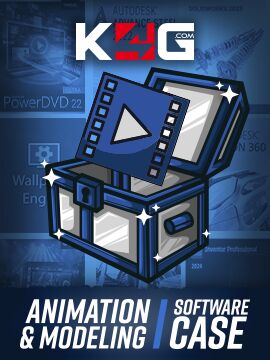
Brand
- WallpaperMural 846
- CRC Press 361
- Peel & Paper 298
- vendor-unknown 298
- Kreul 154
- GOLDEN 138
- Chapman & Hall 120
- Winsor & Newton 97
- Routledge 93
- Harry Corry 92
- Saii 84
- SDC Publications 78
- 3M 71
- Rocol 56
- Loctite 51
- Prestigious Textiles 47
- Nutramino 45
- PME 38
- Ohpopsi 37
- Walden Farms 37
- RS PRO 35
- Liberon 29
- SKF 28
- Play-Doh 26
- Everbuild 22
- CHIPQUIK 21
- Frankys Bakery 21
- WIKA 21
- Araldite 20
- Pébéo 20
- MusclePharm 19
- Autodesk 17
- Carl Roth 17
- CRC 15
- Molykote 15
- Apple Academic Press 14
- MTP Products 14
- Performance Meals 14
- Plasticine 14
- Solvite 14
- Edding 13
- Euroline GmbH Friedrich Schlichte 13
- Pavoni 13
- Ambersil 12
- Dow Corning 12
- A K Peters/CRC Press 11
- Acc Silicones 11
- Good & Craft 11
- Auerbach Publications 10
- BSN 10
- Bounce 10
- Callowfit 10
- Charlesworthy 10
- Electrolube 10
- Henkel 10
- Zoro Select 10
- Efectiv 9
- Faithfull 9
- Life Essentials 9
- MG Chemicals 9
- Molyslip 9
- Mountain Joe's 9
- Pferd 9
- Stardrops 9
- Cole & Son 8
- PETROSSIAN 8
- Protein Dynamix 8
- Cherry Blossom 7
- Isopon 7
- Kennedy 7
- Major International 7
- NXT Nutrition 7
- ROCOL 7
- Silverline 7
- Teroson 7
- USN 7
- VANS 7
- AUTOGEM 6
- Arctic 6
- Blackfriars 6
- FARECLA TRADE 6
- Guilford Press 6
- Homcom 6
- Junior Designer 6
- MBO 6
- Nike 6
- Pulsin 6
- Reflex Nutrition 6
- Sid & Sam 6
- Staedtler 6
- Titleist 6
- AUDION ELEKTRO GMBH 5
- AWD-IT 5
- BeamNG 5
- Carmine Lake 5
- Designers Guild 5
- Dotemu 5
- Dykem 5
- Elbow Grease 5
- Equality 5
Colour
Size
Gender
Merchant
- WallpaperMural 846
- Routledge 713
- Zoro UK Limited 653
- Haya Clothing 299
- Peel & Paper 298
- RS Components UK 273
- Cowling & Wilcox 272
- Posted Protein 229
- Selfmade.com 157
- MyTrendyPhone.co.uk 103
- Harry Corry 92
- Lime Lace 68
- K4G.COM 52
- Your Stylish Home 47
- uk.bazta.com 44
- Tosoni Selleria 33
- Home Done 31
- Car Smart 26
- AWD IT 22
- Plusshop UK [OLD] 20
- QD Stores 16
- Care Lineage 14
- Luisaviaroma Css 11
- Charlesworthy Ltd 10
- Onlynaturals 10
- uk.plusshop.com 10
- Caviar Petrossian 8
- Belveto 7
- CRM Global Online Store 7
- Craigmore UK CSS 7
- AndLight.co.uk 6
- Kick Game 6
- Glisshop uk 5
- Gordons Direct 5
- Macchiato Bar 4
- Seal Medical 4
- Cherry Lane 3
- Click Golf 3
- Golf Gear Direct 3
- Mskeyify 3
- Pharmazon Direct 3
- Vivomed 3
- Argento 2
- Craigmore UK 2
- EasyEquipment.com 2
- Erysta 2
- Essential Photo 2
- Marks & Spencer UK 2
- Maroxe 2
- Skin79.net 2























